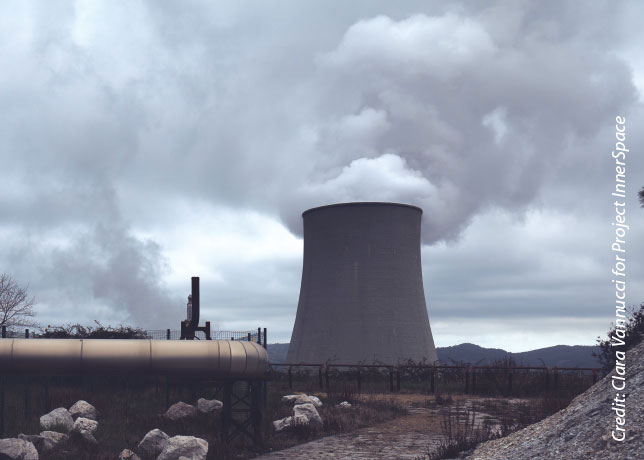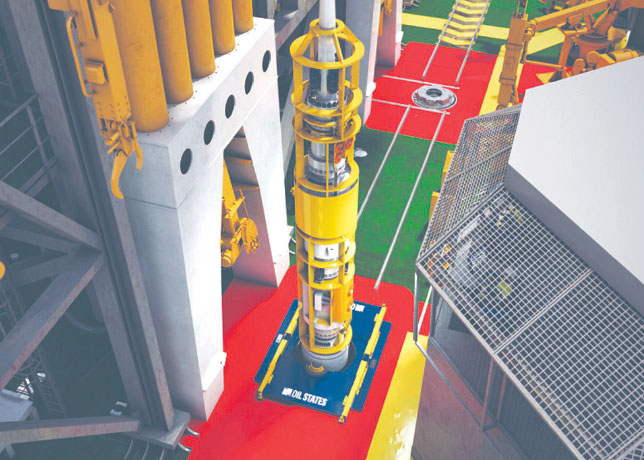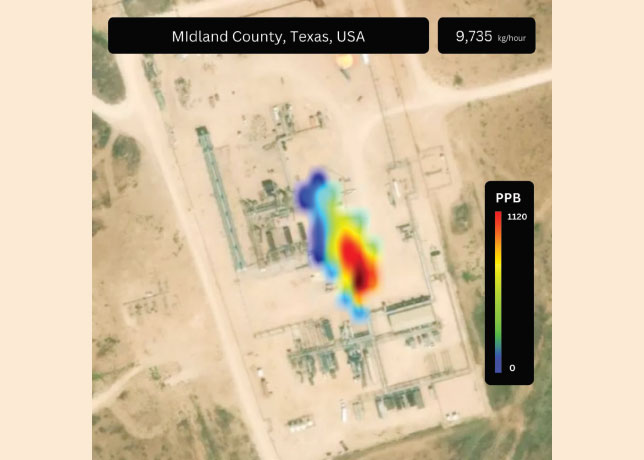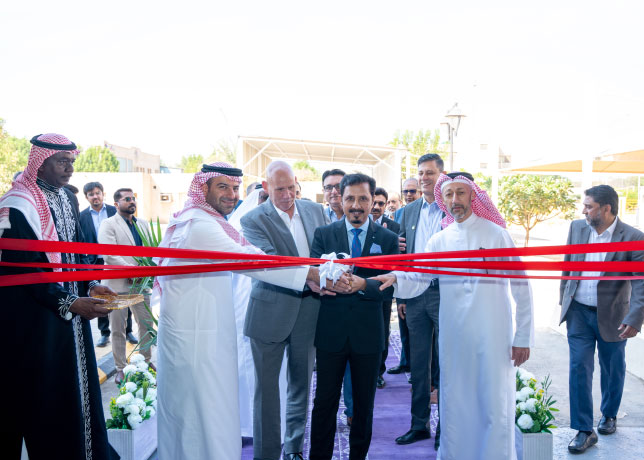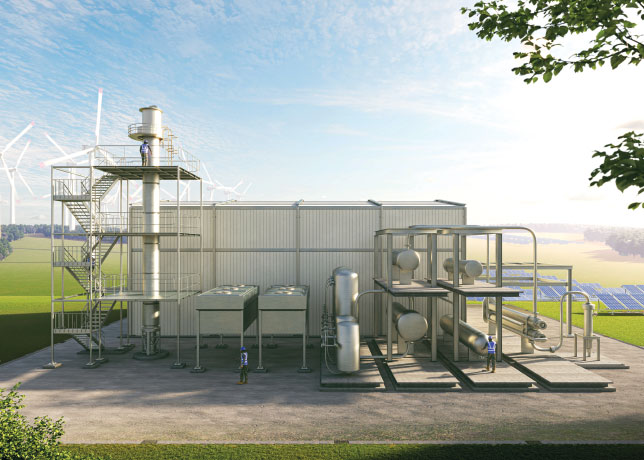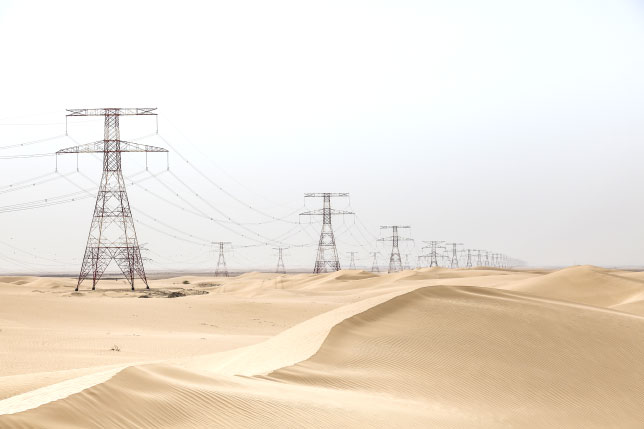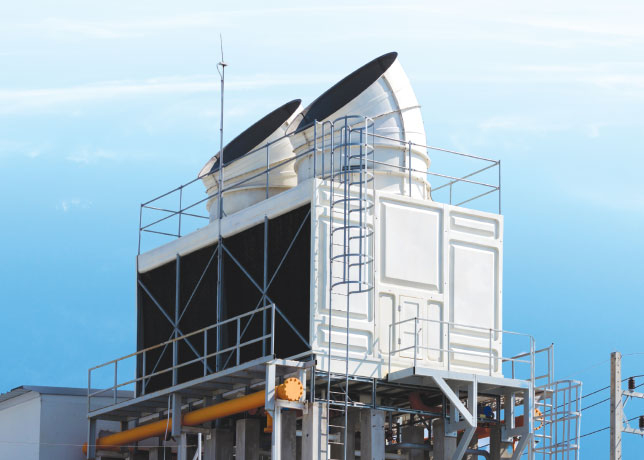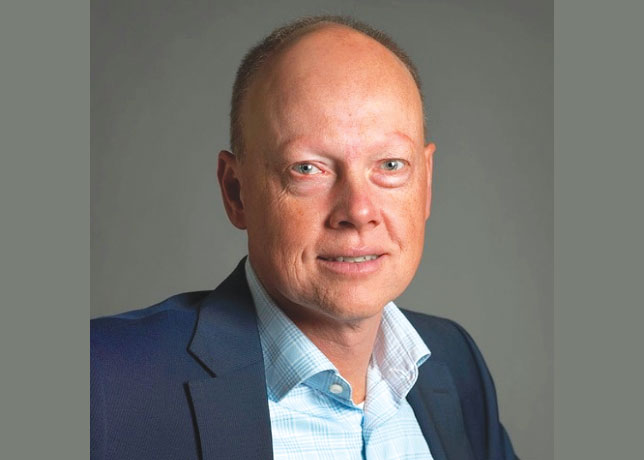
Through strategic investments, innovative technologies, and a focus on green infrastructure, the Kingdom is building a future that is both economically diversified and environmentally sustainable, says a report
In recent years, Saudi Arabia has rapidly emerged as a key player in the global sustainability movement, leveraging its vast economic resources to lead the Middle East in renewable energy and green technologies.
A white paper prepared by Horizon Group, Switzerland, and commissioned by Agility, says the Kingdom is not only seeking to mitigate the effects of climate change through a series of ambitious national initiatives, but also aiming to transform its entire economic landscape, diversifying away from its traditional reliance on oil and gas.
The government’s Vision 2030, paired with the Saudi Green Initiative (SGI), is set to guide the country through a profound ecological and economic transformation.
VISION FOR A SUSTAINABLE FUTURE
Saudi Arabia’s push towards sustainability is driven by the understanding that the Kingdom’s economic future is at risk from the impacts of climate change.
By 2050, projections suggest that the country could face severe environmental challenges, including more frequent agricultural droughts, prolonged heatwaves, and substantial damage to its GDP.
To address these issues, Saudi Arabia has set in motion a comprehensive green agenda that focuses on clean energy, infrastructure, and environmental preservation.
 |
Figure 2 ... Environmental Sustainability Scorecard 2023 results for KSA |
The government’s commitment to sustainability is evident in the measurable progress it has made. As of 2024, the Kingdom is on track to achieve many of the targets outlined in Vision 2030. Key performance indicators show that 87 per cent of its 1,064 initiatives are completed or on track, and more than half of the goals related to environmental sustainability have exceeded their targets.
Over 49 million trees have been planted, while 2.8 gigawatts (GW) of renewable energy have been integrated into the national grid, powering over 500,000 homes.
The Saudi Green Initiative (SGI), launched in 2021, plays a pivotal role in these efforts, with a goal to increase the country’s reliance on renewable energy to 50 per cent by 2030.
As part of this ambitious plan, the Kingdom has connected 2.8 GW of renewable energy to its national grid and rehabilitated vast areas of degraded land. By 2030, the aim is to plant over 600 million trees and restore more than 8 million hectares of land.
Meanwhile, the economic diversification towards non-oil activities reached
an all-time high in 2023 SR1,889 billion ($510 billion) contributing to 50 per cent of the nation’s GDP. Driven by Vision 2030, this showcases the Kingdom's commitment to reducing reliance on fossil fuel revenues.
GREEN INVESTMENT & INNOVATION
One of the most significant drivers of Saudi Arabia’s sustainability efforts is its focus on green investment and innovation.
A key indicator is the Middle East and Africa Environmental Sustainability Scorecard (MEA ESS), a comprehensive dataset that captures public and private sector sustainability actions.
Saudi Arabia emerged among the top performers (Figure 1), with its performance reflecting both strengths and areas for improvement (Figure 2).
The country’s Public Investment Fund (PIF) has been a cornerstone in this transformation, channelling funds into clean technology, renewable energy, and sustainable infrastructure.
The PIF’s green bonds, which raised $8.5 billion in 2023, are used to finance projects that align with Saudi Arabia’s environmental goals.
Additionally, the PIF is a founding member of the One Planet Sovereign Wealth Fund Network, a global coalition that seeks to accelerate the transition to a low-carbon economy.
Saudi Arabia is also making strides in green technology innovation. Companies like Aramco have committed millions of dollars to developing energy transition solutions, while over half of Saudi companies are planning to introduce green technologies in their operations.
These efforts are not limited to the domestic market. Saudi investors are playing a leading role in global climate tech investments, with estimates showing that 75 per cent of the capital coming from the Middle East to climate tech startups globally originates from Saudi Arabia.
THE HYDROGEN REVOLUTION
Saudi Arabia’s ambition extends to becoming a global leader in hydrogen energy. The country is poised to dominate the hydrogen market by 2030, with plans to produce 2.9 million tonnes of hydrogen annually by the end of the decade and 4 million tonnes by 2035.
This commitment is supported by the development of NEOM, a futuristic city in the northwest of the country that will house the world’s largest green hydrogen plant.
With an investment of $8.4 billion, this project is expected to be a key component of Saudi Arabia’s transition to a sustainable energy future.
Hydrogen production is part of the Kingdom’s broader strategy to reduce its dependence on fossil fuels.
The country is already exporting clean ammonia, a hydrogen derivative, to international markets such as Japan and Europe, and it has agreements in place to develop green hydrogen solutions in partnership with South Korea.
SUSTAINABLE INFRASTRUCTURE & MEGA PROJECTS
At the heart of Saudi Arabia’s sustainability plans is a series of mega infrastructure projects designed to reshape the country’s urban and economic landscape.
The NEOM city project, for example, is envisioned as a fully sustainable urban development powered entirely by renewable energy.
Meanwhile, the Red Sea Project aims to create a high-end tourism destination that balances environmental conservation with luxury experiences. This includes the world’s first zero-carbon 5G network, which has been deployed at the Six Senses Southern Dunes resort on the Red Sea.
Transport infrastructure is another area where sustainability is being prioritised. The Riyadh Metro project, worth $23 billion, will see the construction of 176 km of metro lines, with driverless trains expected to carry up to 400,000 people daily.
Similarly, the Makkah Public Transport Programme will cater to millions of pilgrims visiting the holy city, with an 180-km network of metro stations.
These projects are part of a broader $1 trillion infrastructure development plan that is set to lay the groundwork for a sustainable economy in the coming decades.
GOVERNANCE & REPORTING
For sustainability to be truly transformative, strong governance and transparent reporting mechanisms are essential.
Saudi Arabia has made significant strides in this area, scoring higher than the regional average in both government regulations and corporate governance related to sustainability.
The Kingdom’s Greenhouse Gas Crediting and Offsetting Mechanism (GCOM) provides incentives for domestic businesses to reduce emissions, helping the country meet its net-zero by 2060 target.
Corporate governance is also evolving, with many businesses increasingly incorporating environmental, social, and governance (ESG) practices into their strategies.
Notable companies, such as Saudi Aramco, now publish annual reports detailing their environmental impact, carbon emissions, and water usage, reflecting a broader trend of corporate responsibility in Saudi Arabia.
ENERGY TRANSITION & CIRCULAR ECONOMY
Saudi Arabia’s energy transition is one of the most significant aspects of its green agenda. The Kingdom has set an ambitious target of reducing carbon emissions by 278 million tonnes per year by 2030.
Efforts to improve energy efficiency are already bearing fruit, with a marked increase in renewable energy adoption.
The Sudair Solar Plant, with its 3.3 million solar panels, is set to power 185,000 homes, while the country is exploring large-scale renewable projects in wind and solar energy.
The Kingdom’s efforts also extend to circularity and waste management. Saudi Arabia aims to divert 90 per cent of its waste from landfills by 2040 through recycling, composting, and waste-to-energy projects.
The Circular Carbon Economy National Programme is central to this effort, helping to promote responsible resource use and waste management across the country.
ENVIRONMENTAL ECOSYSTEMS & BIODIVERSITY
Saudi Arabia’s environmental preservation efforts are a crucial component of its broader sustainability strategy.
The country has committed to protecting 24.6 per cent of its land, including 18.1 per cent of its terrestrial areas and 6.5 per cent of its marine environments.
In December 2024, Saudi Arabia will host the 16th session of the Conference of the Parties (COP16) to the United Nations Convention to Combat Desertification.
This high-profile event will bring together global leaders to discuss land degradation and sustainable solutions, further cementing Saudi Arabia’s role as a sustainability leader in the region.
CONCLUSION
With its continued progress, the Kingdom may well exceed its ambitious Vision 2030 targets and redefine what it means to be a sustainable economy in the 21st century.
By Abdulaziz Khattak










































































